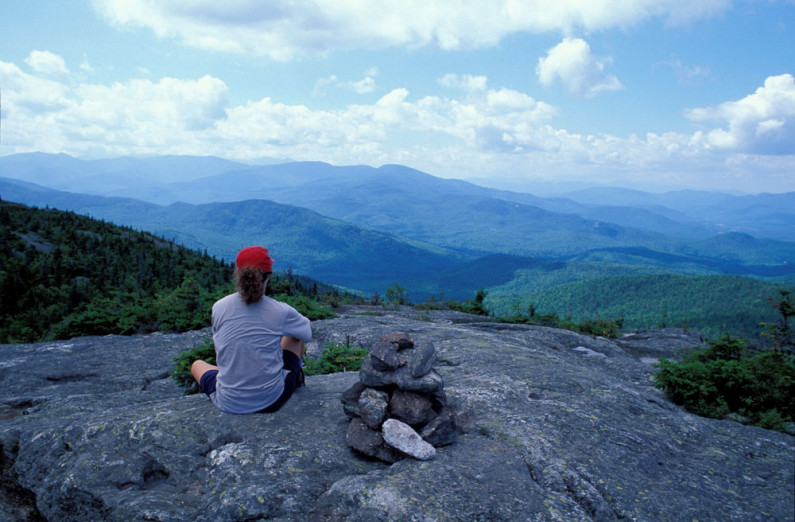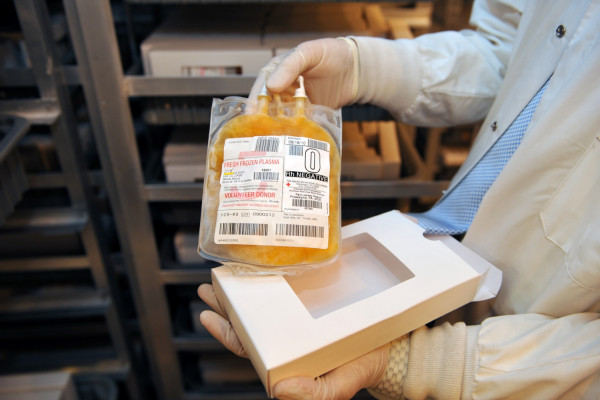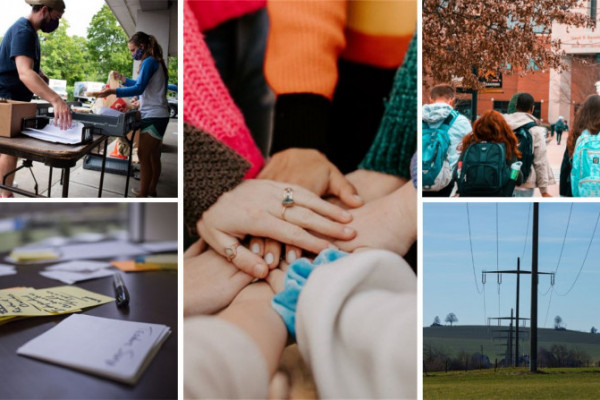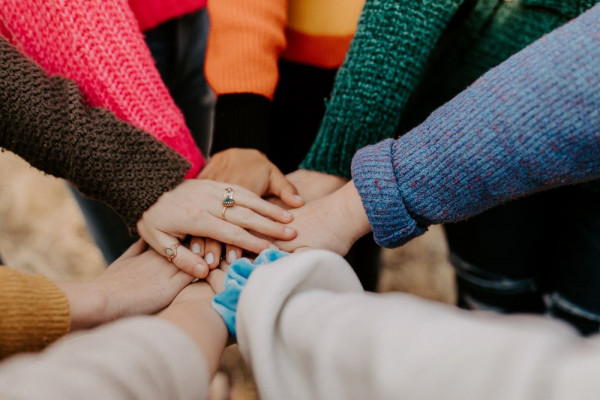Communities in Vermont and across the country depend on the American Red Cross for help every day – and supporting those communities is at the heart of what we do.
Read more about "Barre native donates convalescent plasma to help others fighting COVID-19 "Share Our Post:
Closures on the horizon? What it means and what to think about

The state of crisis in Vermont is huge. As the pandemic continues and its long-term social and economic impacts are exposed, we face the stark reality that philanthropy, along with state and federal support, won’t be able to meet all the needs of Vermont nonprofits, the communities they serve, and the vital, mission-based work that these entities do. Collectively, we must acknowledge this, and must start the hard conversations about what recovery and resilience might look like in the months and years to come.
Here are a few statistics:
- In April, the state’s jobless rate rose to 15.6%—the third highest in the country, and 65,000 jobs were lost. It’s especially sobering to think about how many jobs will not be there when folks are able to ‘get back to work’.
- Demographics of the virus have shown that it disproportionately affects vulnerable populations, people with pre-existing conditions, and the elderly, as well as Black and Hispanic Vermonters.
- We also know that food insecurity rates for Vermonters have risen from 18% to 24% during this time. A UVM study outlines how food insecurity relates to layoffs, reduced hours, or other disruptions.
This creates a dire situation for many of our existing nonprofit service providers that provide critical access to basic human needs. Demand is up and resources are completely strained, but the same organizations aren’t immune to the impacts from the virus—and many are facing added restrictions to prevent the spread of infection.
Despite best efforts, from philanthropy and from government agencies, we will lose nonprofits in Vermont. I will repeat that. I believe many of the nonprofits that the state has come to rely on will be forced to shut down.
This will be a tremendous blow, economically and socially. Including health care and education, public charities generate nearly $6 billion and employ 1 in 7 Vermont workers. While only 3% of these nonprofits have budgets of $5 million or more (including the Community Foundation), 34% have revenue between $100,000 and $1,000,000. Losing these entities will impact individual communities that will then ripple across the state. Therefore, now is the time, to think hard about our nonprofits and their future, and how we might preserve, share, and grow their mission-based work to preserve social services in our state.
- Funders and nonprofit supporters should consider the hard conversations—and sense of urgency—that organizations face right now. Nonprofits are struggling to make payroll and support their stakeholders. In your granting, consider that you may want to ask them about their plans for the future, and their plans to either scale back, or grow, in light of uncertain economic recovery.
- Nonprofit leaders and board members: Take this time to lean into a conversation about mergers. Mergers are hard, and they take time. Legal, fiscal, programmatic considerations must all be reviewed, analyzed, and discussed—with the boards and staff of any organizations included. Connecting with professionals, like lawyers or financial advisors, may be important as a nonprofit begins to think about this option.
- It is an important time to lean into the statewide networks or associations that hold collective voice for nonprofits. The Vermont Arts Council, as just one example, has been deeply engaged in lifting up the creative networks, and working with the Vermont Humanities Council on cultural awareness and welcoming communities. Let’s Grow Kids is both supporting childcare centers and advocating for early care in a state supported way. Vermont Afterschool is helping to hold up the organizations working in after school—and strategize what that may look like in the future—during this time. That’s just the tip of the iceberg. From Vermont Farm to Plate to Vermont Association of Snow Travelers, we have existing statewide networks that individual nonprofits should rely on. And—to support the sector as whole—Common Good Vermont continues to provide and support the sector with webinars, information, and references.
I am generally an optimistic person, and I believe that Vermont’s nonprofits are bold and courageous, providing key services to our communities, while actively listening and learning. But they’re struggling. Vermont needs to face this reality and start to plan. I am eager to see how this massive disruption can help Vermont’s communities, but it’ll include some hard and important conversations now.


